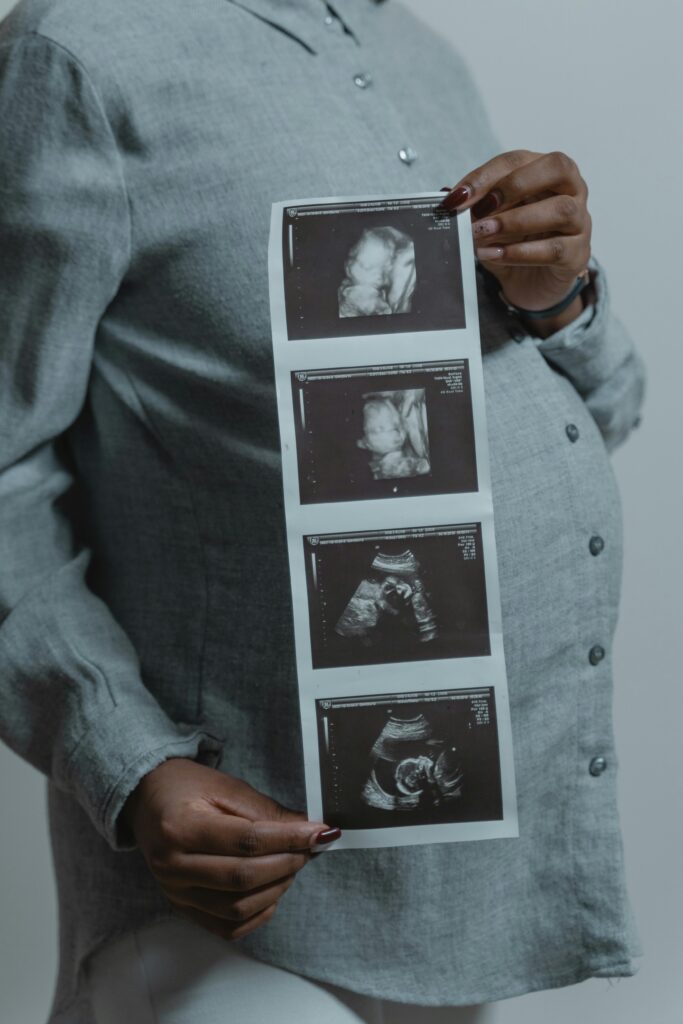In maternal healthcare, words matter more than we think. A recent study by Columbia University School of Nursing reveals a concerning reality—biased language is commonly used in electronic health records (EHRs) when documenting laboring and birthing individuals. This hidden bias can have a profound impact on the quality of care, patient trust, and overall health outcomes.
So, how does stigmatizing language slip into medical records, and what can we do to change it? Let’s explore the findings and actionable solutions to create a more inclusive and respectful healthcare environment.

The Study That Opened Our Eyes
Researchers analyzed 1,771 birthing-related clinical notes from two large hospitals in 2017 and found that 41% contained biased or stigmatizing language. The problematic entries fell into several categories, each contributing to a culture of judgment and inequity:
- Unjustified Social & Behavioral Risks (22.4%)
- Mentioning substance use, teenage pregnancy, or domestic issues without relevance to care.
- Labeling Patients as “Difficult” (7.2%)
- Subjective descriptions that may influence how other clinicians treat the patient.
- Power & Privilege Language (5.2%)
- Highlighting socioeconomic status, such as noting a spouse’s occupation or wealth.
- Unilateral Decision-Making (4%)
- Imposing clinician decisions without patient involvement or shared decision-making.
- Questioning Patient Credibility (2.9%)
- Doubting patients’ reported symptoms or concerns without objective reasons.
- Clinician Disapproval (1.1%)
- Documenting negative judgments about lifestyle choices or behaviors.
This data highlights the urgency of addressing implicit bias in clinical documentation, especially in vulnerable populations such as Black birthing individuals, who disproportionately experience biased treatment.
Why Biased Language in Healthcare is Harmful
The words used in a patient’s medical record influence future treatment decisions and can have long-term consequences, including:
- Eroding Patient Trust: Patients who sense bias may disengage from their care, leading to missed follow-ups and poorer health outcomes.
- Perpetuating Stereotypes: Biased language reinforces negative perceptions and creates barriers to equitable treatment.
- Worsening Health Disparities: Black and marginalized birthing individuals are often subjected to judgmental language, contributing to disparities in maternal mortality rates.
Did you know? Studies show that Black patients’ medical records are more likely to contain stigmatizing language than white patients, leading to inequitable care and negative health experiences.

How Can We Reduce Bias in Maternal Healthcare?
It’s time for the healthcare system to take action. Here are key strategies to eliminate biased language and promote a patient-centered approach:
1. Implicit Bias Training
Hospitals should implement ongoing training to help clinicians recognize and address unconscious biases in their language and decision-making.
2. Adopt Inclusive Language Policies
Healthcare institutions should follow guidelines from organizations like the American College of Obstetricians and Gynecologists (ACOG) to use terms that reflect diverse identities, such as “birthing person” instead of gendered terms.
3. Standardized Documentation Practices
Creating guidelines that promote neutral, fact-based documentation can reduce subjectivity and prevent stigmatizing phrases.
4. Encourage Reflective Practice
Clinicians should regularly review their documentation habits and consider whether their language supports or hinders patient-centered care.

Common Questions About Biased Language in Healthcare
1. Why does language in medical records matter so much?
- Language shapes how patients are treated and perceived. Biased wording can lead to miscommunication, distrust, and unequal care.
2. What are some examples of inclusive language in maternal healthcare?
- Using terms like “birthing person” instead of “mother” and writing objective notes free from judgmental adjectives.
3. How can patients advocate for themselves?
- Patients can request to review their records, ask questions about unclear language, and seek care from providers committed to inclusive practices.
4. What can hospitals do to ensure fair documentation?
- Implement policies for unbiased documentation, provide training, and create a culture of inclusivity among healthcare staff.
The Path Forward: Respectful & Inclusive Care for All
Healthcare providers have a responsibility to ensure that every patient feels seen, heard, and respected. By addressing bias in medical documentation, we can take a crucial step toward achieving health equity in maternal care.
Sources Medical X Press


